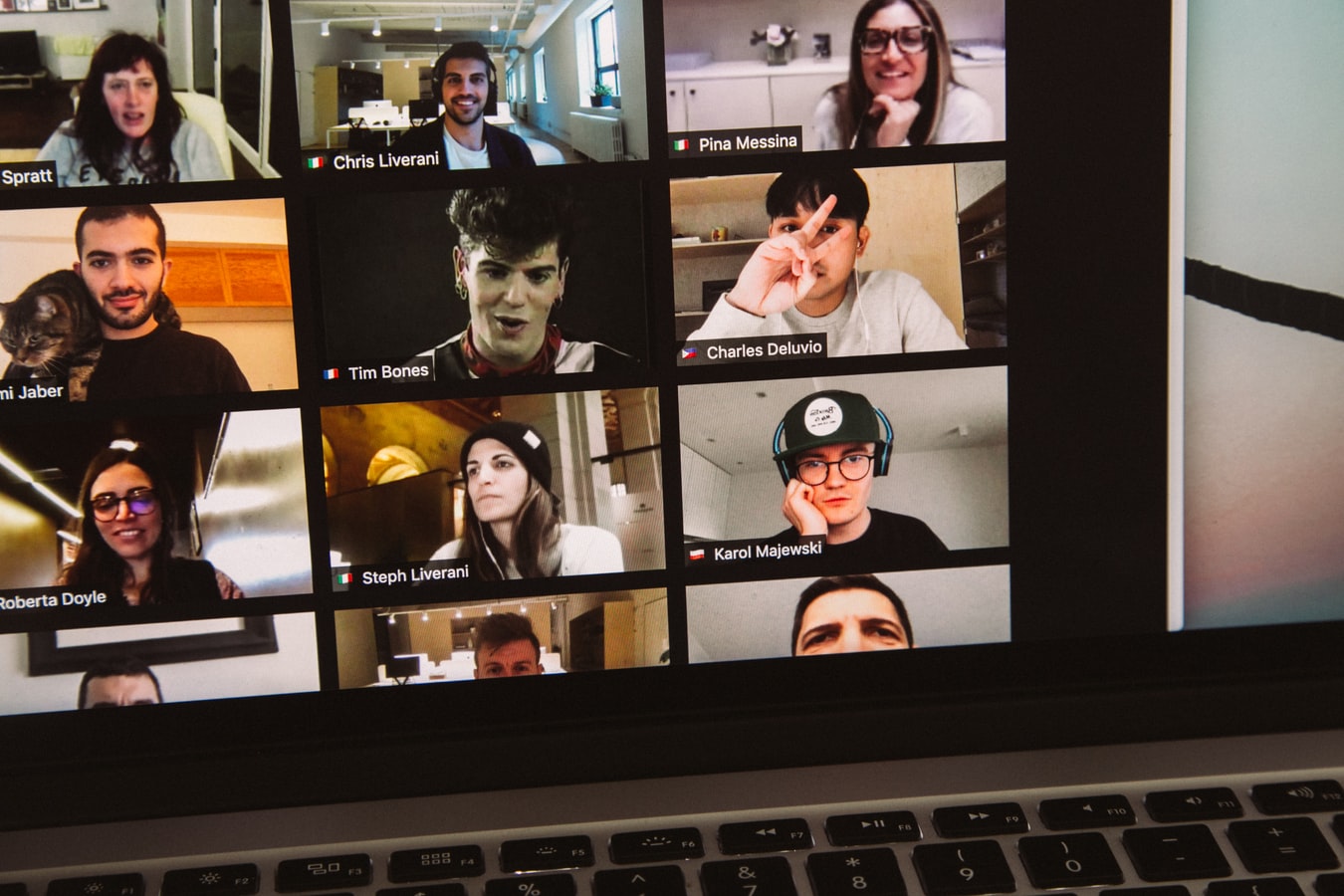Organizations have resisted digitization and the move to flex and remote work for years. Many claim the need for personal contact for collaboration and teamwork. IBM is a clear example, with its 2017 reversal of a flex work policy, citing that employees needed to see each other to collaborate effectively. Others have embraced that change and adopted flex work policies as quickly as those options became available. Organizations like Google, Dell, Humana, and Sodexo all offer flex work. Today, most office-based organizations are forced into it in one way or another. Adapting to that change can be challenging, especially as you begin to notice changes in teams and dynamics.
Flex and remote work can be hugely beneficial to many companies. In fact, Dell reports saving over $34 million in costs since implementing flex work in 2014. Flex and remote work have noticeable and measurable benefits for businesses and their employees. People get more free time, spend less time on commute, and are better able to manage their home and work life together. Organizations see happier, more loyal, and often more productive employees. But, what happens to teams when they don’t see each other every day? And how can you work to improve team dynamics when most employees see each other a few times a week at most?
Distance Creates Isolation
Teams shifting away from working together in a single room and towards working from home face severe challenges with isolation. Here, the largest fear is that teams stop collaborating and talking to each other and instead shift to performing top-down tasks handed to them by managers. Without proper communication tooling in place, this is a valid concern. People need to see each other to communicate and collaborate.
If teams are working from home every day of the week, it’s important to establish standardized lines of communication. Most can benefit from tools like Slack or Microsoft Teams, with individual channels for teams to share and talk to each other. Others may want to use a less traditional approach with Discord or another voice-chat tool, so teams can join in on group calls and literally talk to each other “across the table” like they would when working normally.
Here, cloud tooling is also essential. Teams working together in the same documents, apps, and cloud folders see what the other is doing, can collaborate, and can engage. That’s a far cry from the lone developer coding in his office by himself used as the common picture of the remote worker.
Personal Differences are Less Important
Teams working together in person are much more likely to experience clashes related to personality and ethos. It’s harder to dislike the person who never shuts up in the morning when you’re getting coffee if he’s not there. This can, to some extent, improve how your teams work together.
At the same time, it becomes more important to ensure that teams have the opportunities to build and foster the trust and interdependency required to create strong teams. Some organizations rely on team building exercises to solve these issues. Others allow time and working together on large projects to foster these relationships. And, if teams are moving to remote work from working together in-office, the problem won’t be building trust but maintaining routines and communication.
Problematic Dynamics Become More Evident
Many teams face major issues relating to team dynamics. Leaders want too much control. Everyone wants top down leadership. Everyone follows group consensus. A few people don’t get along. Fostering good leadership and building balanced teams becomes even more critical when those teams lose the ability to collaborate in person.
Solving these issues may require restructuring your teams into smaller, more balanced units. A team analysis report can help you identify issues and move forward. It’s also important to look at leadership methods and their suitability for transitioning to flex work. Remote leaders need high levels of emotional intelligence, flexibility, and ability to delegate not just tasks, but goals.
Teamwork Relies on Standardized Processes, Not Hierarchy
Remote teams are completely reliant on their ability to adopt standardized processes across the team. Flex and remote work teams cannot rely on top down commands from a single team lead because that person may not be available when work is being completed and therefore becomes a bottleneck.
Instead, it’s critical to introduce processes for communication, collaboration, work creation, and work submission. This might mean shifting work to outcome roadmaps rather than feature roadmaps, introducing agile work methods, and organizing all work in a single tool. You need oversight, accountability, and group collaboration to prevent one person from becoming a bottleneck.
- Where, how, and when does communication happen? Designate a tool for communication and set times when it’s okay/not okay to message others.
- How is work done? Does the entire team have a single process? Are processes integrated into tooling?
- How do teams collaborate? What measures are in place to ensure people are talking and sharing ideas?
- How is work kept visible across the team? Is everyone working in the cloud?
- How are work goals and objectives set? Is responsibility and accountability defined?
- Who’s responsible for each step of work? Are there bottlenecks? Is some work not assigned?
This normally means delivering training, new tooling, and group introductions to standardized processes when switching to remote work. In one 2017 study by Deloitte, only 47% of remote workers surveyed claimed they’d received any sort of training. Yet, 53% of people who did receive training for remote work suggest they’ve actually improved communication and innovation.
What can you do? Implement training sessions for new tools as a baseline. It’s also important for team leads or managers to implement positive feedback. Data shows that teams given several sessions of positive feedback, where they are asked to discuss positive outcomes of their team, new working conditions, and work completed, show increases in positivity, trust, and collaboration.
Setting up weekly sessions to discuss how remote or flex work went, focusing on praise and positive aspects of doing so, and setting positive goals for the next week can be an important part of establishing and reinforcing flex work as a means of improving work.
Remote Work Can Actually Improve Collaboration and Productivity
While modern office trends have pushed towards working together and large, open, creative spaces, these can actually hurt team collaboration and creativity. One study by Harvard shows that open offices decrease focus, overexpose individuals to the people they’re working with, and create feelings of a need for privacy and the ability to work alone.
Giving people time to themselves, such as when working in a remote or home office, reverses this trend. When people do see each other, either over a video call or in person, they’ll be much less over exposed and much more able to work together.
Dell, following a 6-year experiment with flex work, says that 80% of their employees believe they’re actually more productive when they work from home for some or all of the week.
Eventually, remote work can be beneficial for everyone involved. While it forces organizations to create structure with processes, flex work allows employees to take more control over their personal lives and their work. Remote work does require building teams that work together, follow strict processes, and maintain regular communication. However, it also offers freedom, reduced commute, and better work-life balance for many.




